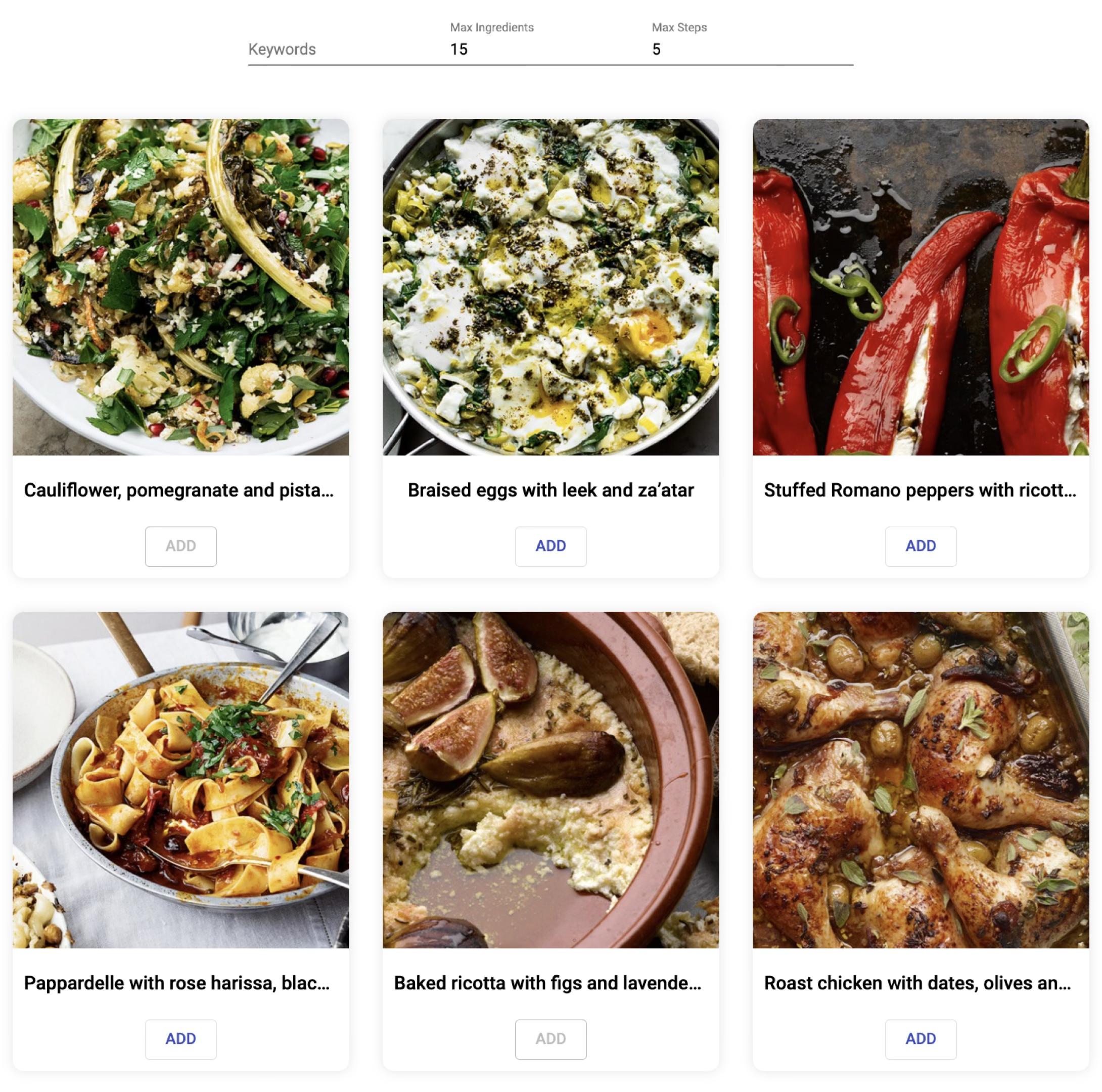Why Components
One of the main concepts in Angular is that your application is split into a tree of components. Each component represents a reusable piece of the UI that:
- can contain other components — its children,
- communicates with its children through a defined contract,
- exposes a contract to its parent,
- keeps its state isolated from other components.
The main advantages of components are:
- Reusability — components are designed to be reusable.
- Isolation — components keep their implementation isolated from other components.
- Separation of Concerns — each component has a specific role and delegates work to other components.
- Testability — components help narrowing down tests.
All these elements are meant to make apps easier to maintain.
A Component controls a patch of screen real estate that we could call a view, and declares reusable UI building blocks for an application.
— Brad Green (but I'm not sure it was him 😅)
Kitchen Discipline Pays Off
Note that well crafted components are like a well organized fridge and kitchen, they will help you ship faster.
Example
Let's take our cooking app Whiskmate.

We can imagine the following component hierarchy:
